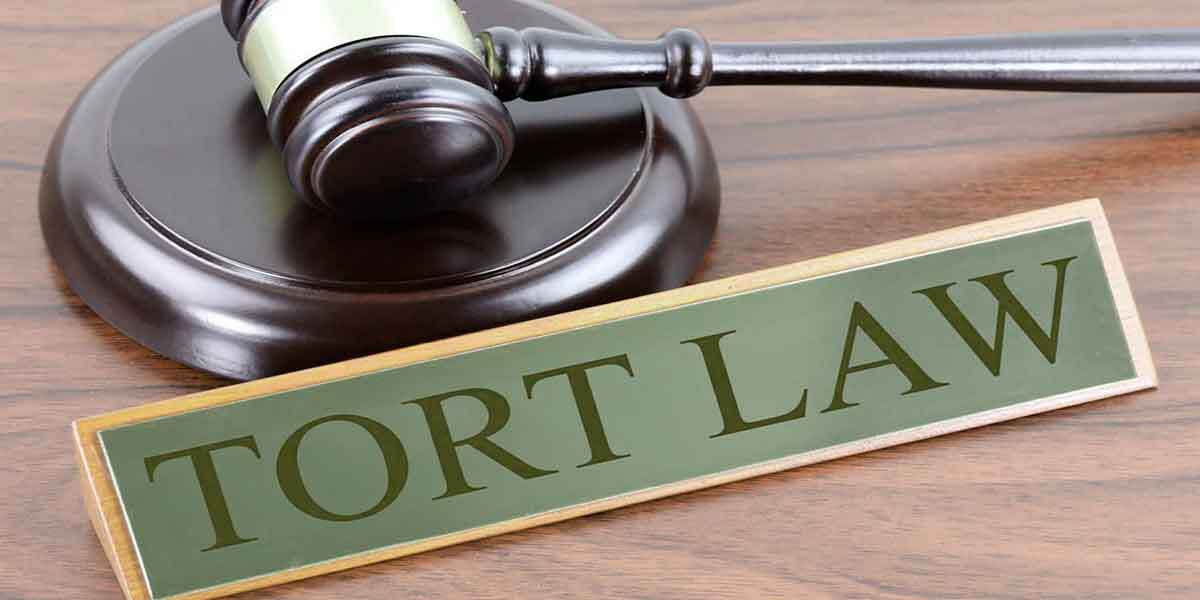Say, for example a knife is wrongly placed on the shelf in a supermarket store. If you get injured as a result of the wrongful placement of the knife, then this injury was caused as a result of the improper action of the supermarket, and so you can sue the supermarket for and get compensated for the injury you have incurred. This is the concept of tort.
When a person acts in a way that causes or is likely to cause harm or injury to another, then that person is liable to the law of tort. The injured party then has the right to seek compensation (damages) under tort law in a civil court. In the case of the supermarket, you become the plaintiff while the supermarket becomes the defendant.
Tort can also be seen as a failure to perform a legally recognized duty which one party owes to another.
Inaction
When an individual or business entity fails to act, and their inaction puts another party in danger or gets then hurt, this also comes under tort. Say for example a road work is ongoing and the site workers fail to put a warning sign nearby. If you peradventure ride into the area that is being worked on and so sustain injury because you weren’t warned, the road construction company becomes liable.
A tort is simply an act of civil wrong and Tort law is an integral part civil law. In fact, torts are the most common cases of civil litigation.
How tort law is different from contract law
It is important that tort law and contract law as two important aspects of business law should be clearly differentiated. The main distinguishing factor between tort and contract law is the claimant. In contract law, the claimant must be proven to be in a valid contract with the defendant before they can sue for a breach (or else the plaintiff is a third-party such as a beneficiary, and the defendant is a holder of the property which the beneficiary is supposed to inherit but fails to release the inheritance). But in tort law, anybody can be a plaintiff and can sue whether there is a business relationship or not, so long the conduct of one party leads to the injury of another.
Another line between tort law and contract law is damages. In contract law, damages are never punitive. They serve to compensate the plaintiff and put them in the exact position they would be if the contract was never breached. These damages are not so difficult to estimate. In tort law, damages are much more difficult to valuate since an injury or loss of life has no monetary value.
Types of tort
- Negligence
Every individual is expected to carry out some obligations or behave in a way that reduces the risks of others getting harmed or injured. If an individual fails to perform such an act thus putting others at risk, then that person has done a tort of negligence.
Negligence in simple terms can be said to be inaction – that is, failure to do that which you are supposed to do. For example, a company dealing in gas or flammable products should put up warning signs within the vicinity. If they fail to do this and a visitor ends up getting hurt, the company could be sued for negligence.
Examples of negligence include road accidents, and failure of a doctor to provide necessary healthcare.
- Intentional tort
As the name suggests, an intentional tort is one in which a party carries out an intentional act that causes injury or loss to another. For example, kicking someone in the stomach is an intentional tort. If this kick was accidental but all the same injures the other party, it does not pass as intentional tort.
From the illustration above, one would be quick to put Intentional tort and a criminal offense on the same page but that is wrong.
A crime is a wrongful conduct that injures an individual or the good of the society. Criminal offenses are sued by the government and are punished by a fine or jail term.
On the other hand, an intentional tort only affects an individual’s well-being or their property, and is recompensed with damages and never a jail term. However, some actions may fall under tort and crime simultaneously.
Examples of intentional tort include conversion, battery, assault, fraud, defamation, trespass, false imprisonment.
- Strict liability
Wrong actions which consequently lead to harm, of which the harm is no direct intention of the wrongful act, fall under strict liability. For example, eating banana and allowing the peels drop to the floor, which later results in the fall and injury of someone else. Another typical example of strict liability is injury resulting from defective products. It is not necessary to prove that the manufacturer intended for the user to be injured. It only needs to be established that the defect in the product caused the injury.








